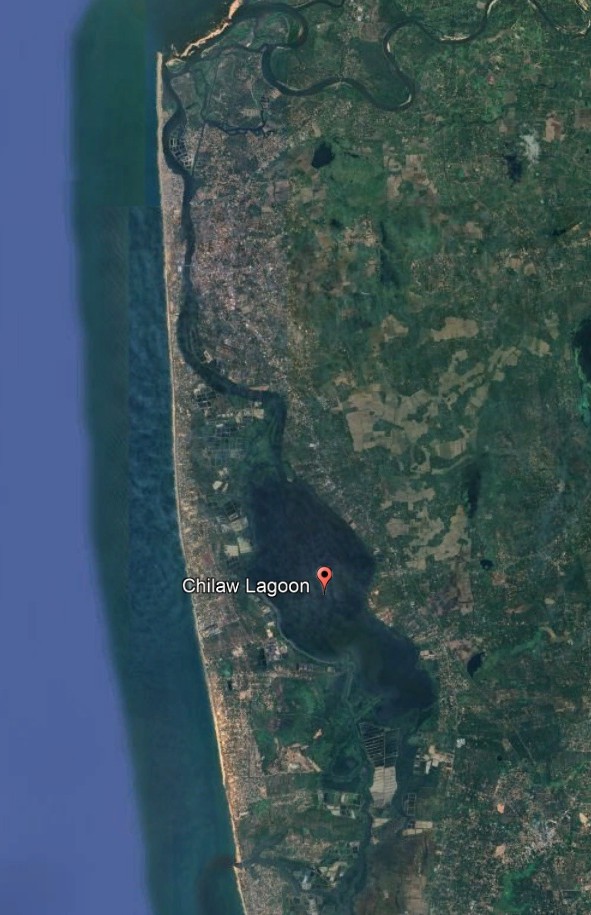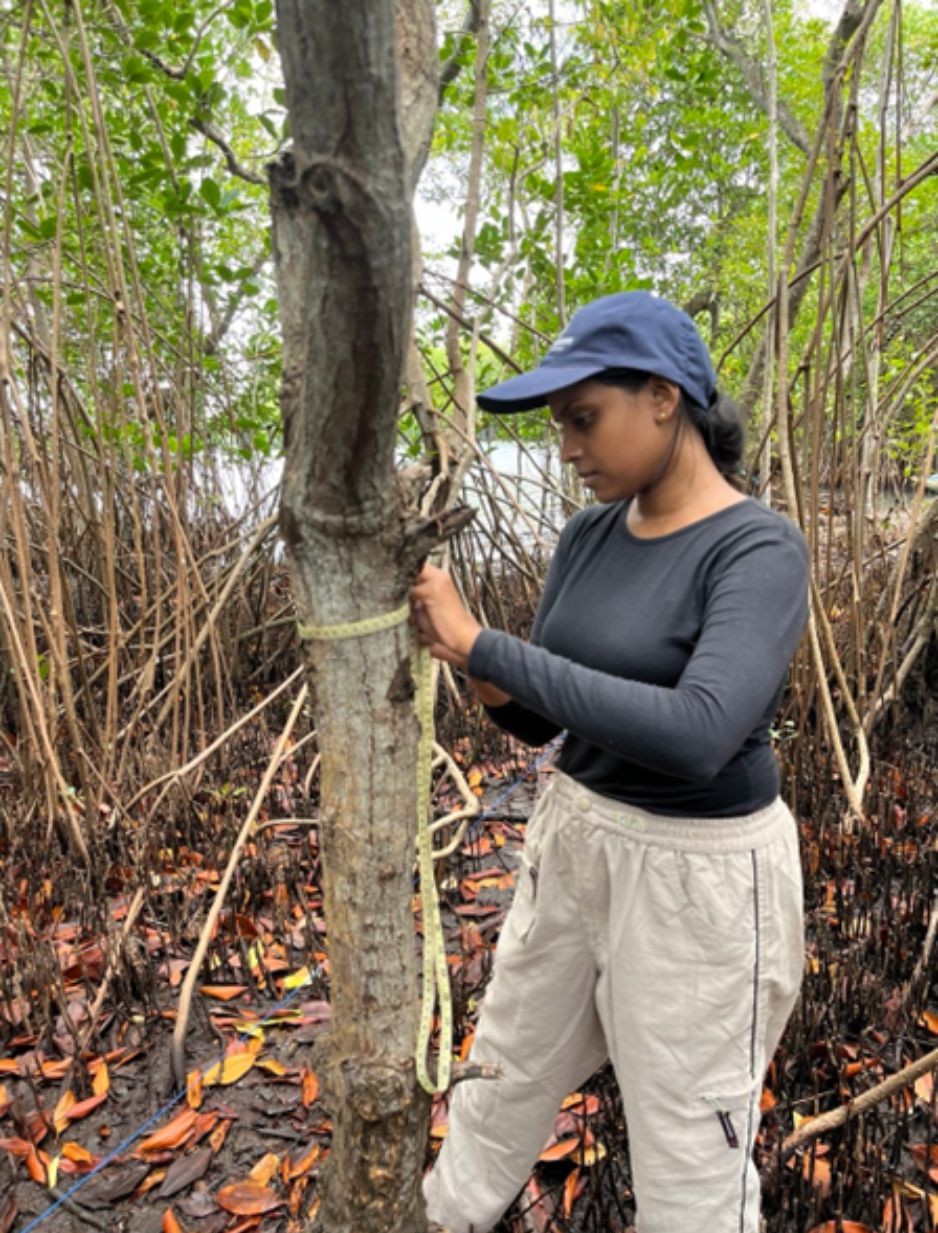Mangroves and Climate Resilience: Carbon Stock Estimation in Chilaw Lagoon
S.H. Sashini Gunarathna
Ecosphere Resilience Research Centre, University of Sri Jayewardenepura, Sri Lanka
Mangroves are powerful natural carbon sinks, capturing and storing atmospheric carbon in their biomass and soils. The Chilaw Lagoon mangrove ecosystem holds immense untapped potential as a natural carbon sink.
Through the evaluation of aboveground, belowground, and sediment carbon stores, this study provides important new insights into the lagoon’s potential to mitigate climate change. The results of this study may support conservation and restoration initiatives while highlighting the ecological and economic significance of mangroves. In order to improve climate resilience plans and encourage sustainable ecosystem management in coastal communities, this study provides baseline data to stakeholders and policymakers.
A research journey is never completed alone, and I am particularly thankful to the Lanka Mangrove Museum for its significant contribution. The museum is a practical and educational center for mangrove protection, located near the Chilaw Lagoon. The Lanka Mangrove Museum played a crucial role in this study by making field sites accessible, providing logistical support, and sharing technical knowledge about local mangrove species. Research like mine may develop because of its lasting contributions to mangrove restoration and community awareness. I would like to sincerely acknowledge the staff and management of the Lanka Mangrove Museum for their guidance, encouragement, and collaboration. Their commitment to protecting Sri Lanka’s mangrove heritage is inspiring, and it underscores the importance of partnerships between researchers, institutions, and communities in tackling environmental challenges. The driving force behind this research project is the guidance and supervision of industry expertise, Prof. Roshan Perera from the Open University of Sri Lanka, Prof. Meththika Vithanage and Dr. Anushka Rajapaksha from the University of Sri Jayewardenepura. Moreover, it would sincerely acknowledge Ecosphere Resilience Research Centre, where the research work is carried on, for providing all the laboratory and instrumental facilities, and Dilmah Ceylon Tea Company PLC (Dilmah Conservation) for providing financial support for this research project.



